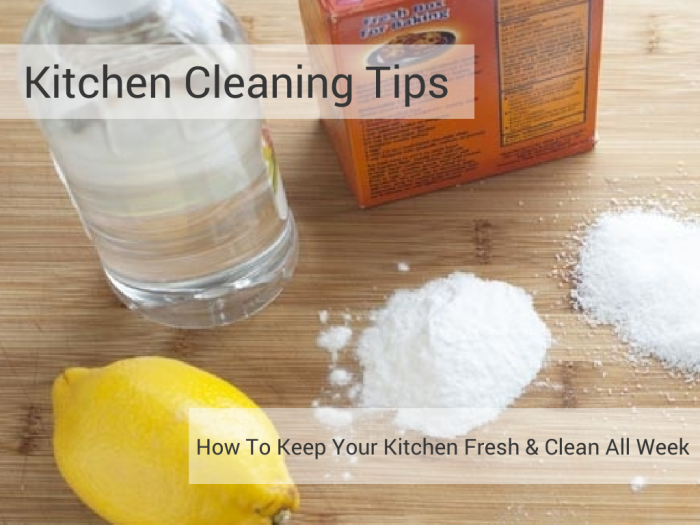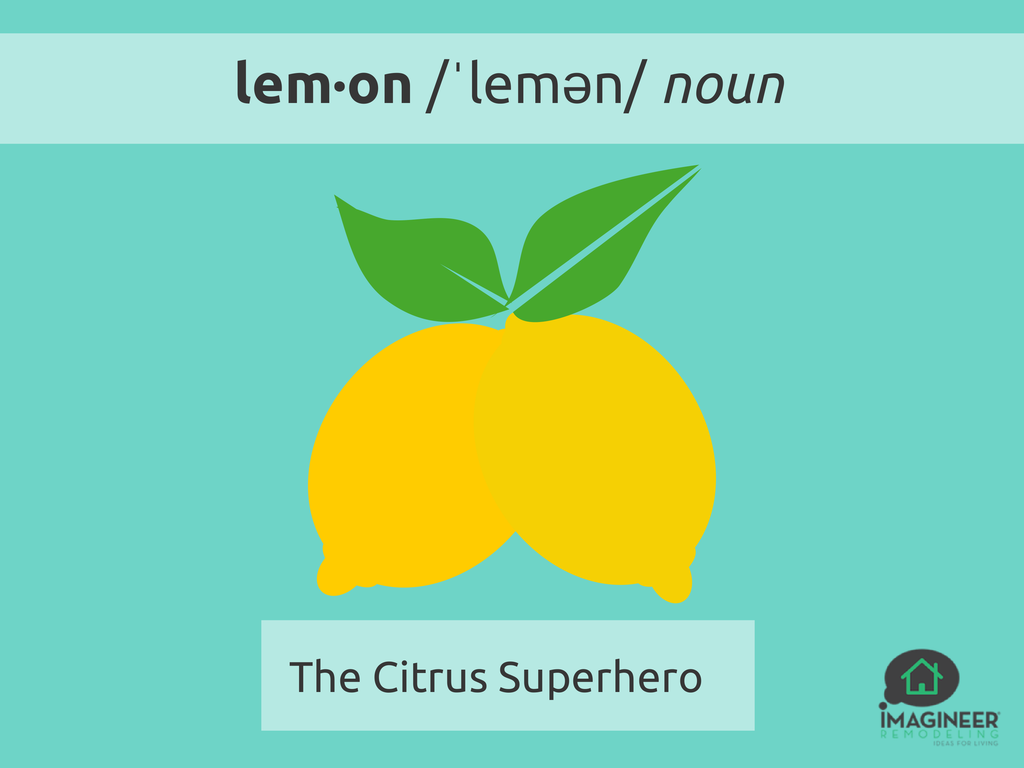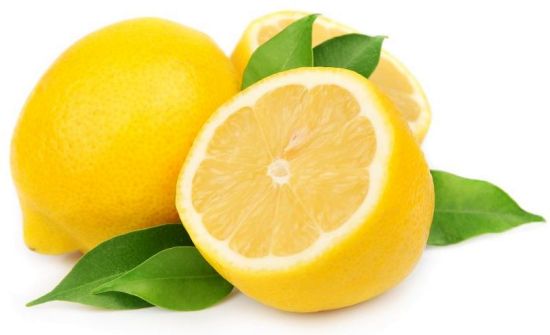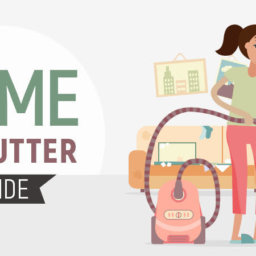You’re probably aware that many of the products we use in our homes can be very dangerous to our health and that of the planet. Many of those products contain chemicals that are usually labeled with words like “danger”, “caution”, or “warning”. When we get in direct contact with such chemicals, we are likely to experience health problems, such as various types of irritation, headaches, and even cancer. What’s even worse is that we can pollute water supplies and the whole environment if we don’t dispose of them correctly. So, what can we do to make sure these products don’t cause any harm?
There are many dry cleaners that contain sulfuric acid, while oven cleaners usually potassium hydroxide. These two chemicals are highly corrosive and can cause serious irritation of the skin, eyes or lungs in we get in contact with them. Our lungs are also threatened if we inhale petroleum distillates, which are grease-cutting chemicals found in some cleaners. In order to reduce hazardous waste, we should opt for natural-ingredient products to use as cleaners and keep our drains clear with baking soda and hot water. Also, vinegar and lemon are a great non-toxic alternative to most traditional household cleaning products.
You are also probably aware that paints, paint removers, glues, and polishes contain various compounds, such as toluene, phenols, perchloroethylene, and petroleum distillates, which can all be harmful or even poisonous if inhaled or swallowed.So, next time you need such products, try to look for natural and environmentally friendly alternatives. Also, when it comes to disposing of hazardous waste, make sure you read the label on the product or contact your sanitation department for more information.
If you need to demolish your house or one of its parts and you are uncertain about the presence of some hazardous materials, such as asbestos, you really need to bring in experts to help you dispose of such materials. Look for a company providing environmental remediation services which has a proven record of dealing with such matters and you won’t have to worry about breaking any law or polluting the environment.
Unfortunately, most pesticides and herbicides don’t only kill their intended victims, but are also dangerous to other living organisms that come into contact with them, including humans and pets. In order to reduce the impact on the environment, you should look for environmentally friendly products or use alternative ways of handling unwanted plants and pests, such as pulling weeds out by hand, using covers in gardens to ward off insects or using diatomaceous earth.
Nonylphenolethoxylates (NPEs), byproducts of a common ingredient found in many laundry detergents, are one of the major threats to marine life. They can mimic hormones and disrupt the endocrine system of sea life. Since they don’t degrade, but become even more toxic as they react with bacteria during sewage treatments, they are a real threat to the environment. You should by all means go for NPE-free green detergents on the market and nip the problem in the bud.
Some batteries contain mercury and cadmium, which are harmful to both people and the environment if you don’t dispose of them correctly. Car batteries dumped into the trash can release lead and sulfuric acid into the environment. Most states now have laws prohibiting incineration of batteries or throwing them out with the trash and manufacturers are trying to make it easier for consumers to drop off used batteries. If you’re not sure how to dispose of your batteries, contact your local sanitation department.
These are just some of the products that we use on a daily basis, but which might contain hazardous substances. Knowing what products to choose and how to dispose of potentially harmful ones is key to remaining healthy and keeping our environment as clean and unpolluted as possible.










